Today, on the 19th of September 2025, I walked through the wonderful city of Helena, the capital of Montana, a place where the rich traces of history still breathe through its streets. The day began with clear mountain air, sharp and fresh, carrying the faint scent of pine from the surrounding hills. I made my way toward the Cathedral of Helena, a striking Gothic Revival masterpiece whose twin spires dominate the skyline.

Completed in 1908, the cathedral was inspired by the Votivkirche in Vienna, and its pointed arches, elaborate tracery, and luminous stained-glass windows immediately caught my eye.
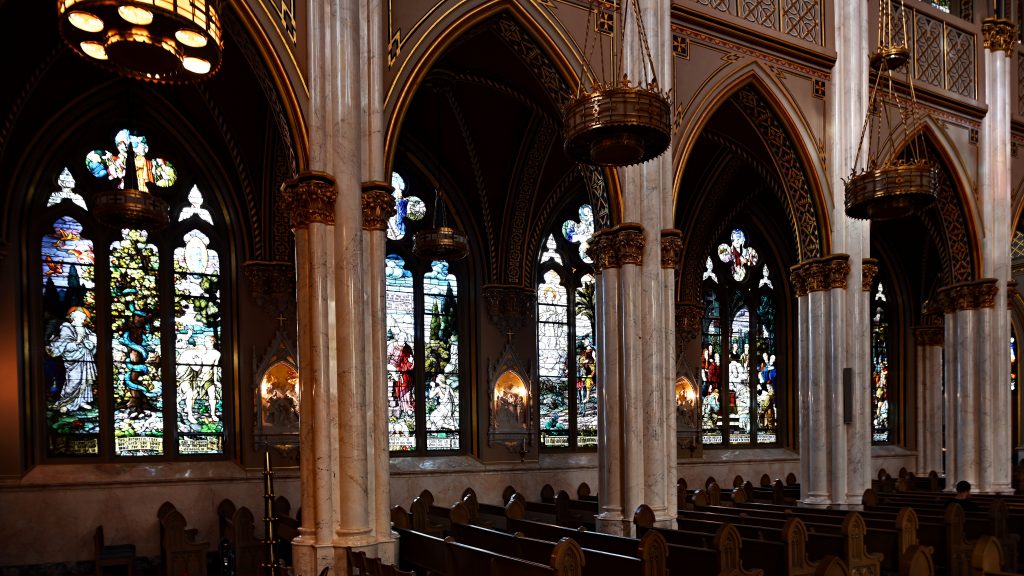
As I stepped closer, I felt how strongly this church still shapes the soul of Helena—its bells sounding not just for worship but as a reminder of the city’s ambitions in the early twentieth century, when mining wealth was still pouring in.
Behind the Diocese I discovered another testimony to Helena’s layered past: the First Presbyterian Church. Built in the late 19th century, it reveals a more restrained yet dignified design, blending elements of Romanesque Revival with solid local craftsmanship.
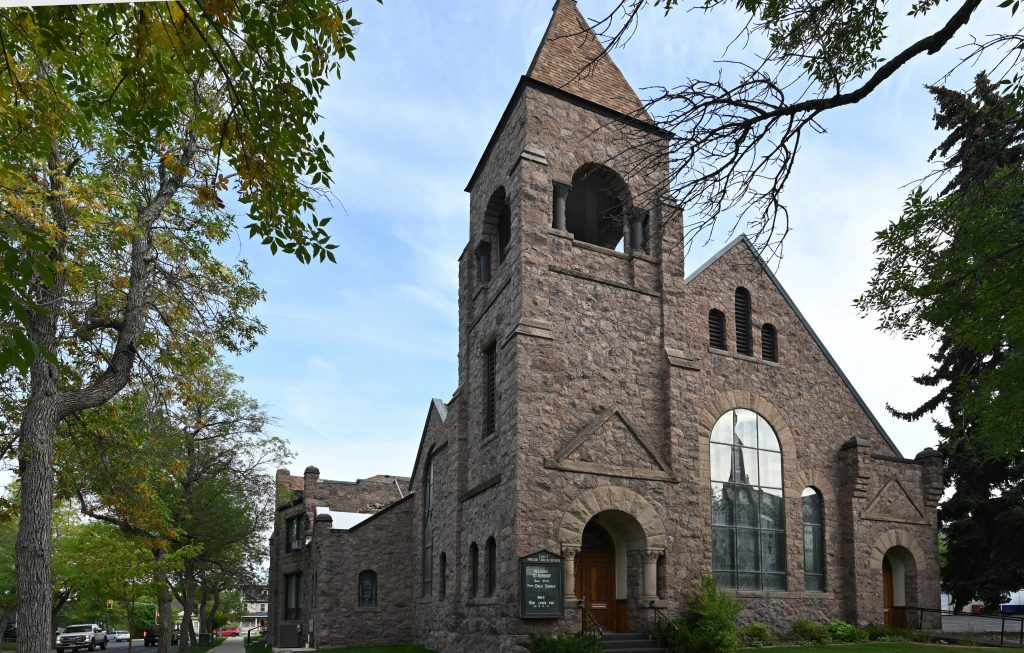
Its red brick and tall arched windows gave me the impression of permanence, as if this community of settlers wished to anchor themselves in faith while the turbulent gold rush era still lingered in memory.
From there, I wandered toward the residence of Montana’s first governor. The mansion, erected in the 1880s when Helena had become a capital of not only politics but also fortune, presents itself with the confident air of Victorian elegance. Its woodwork and wraparound porches reflect the taste of an era that valued both grandeur and intimacy.
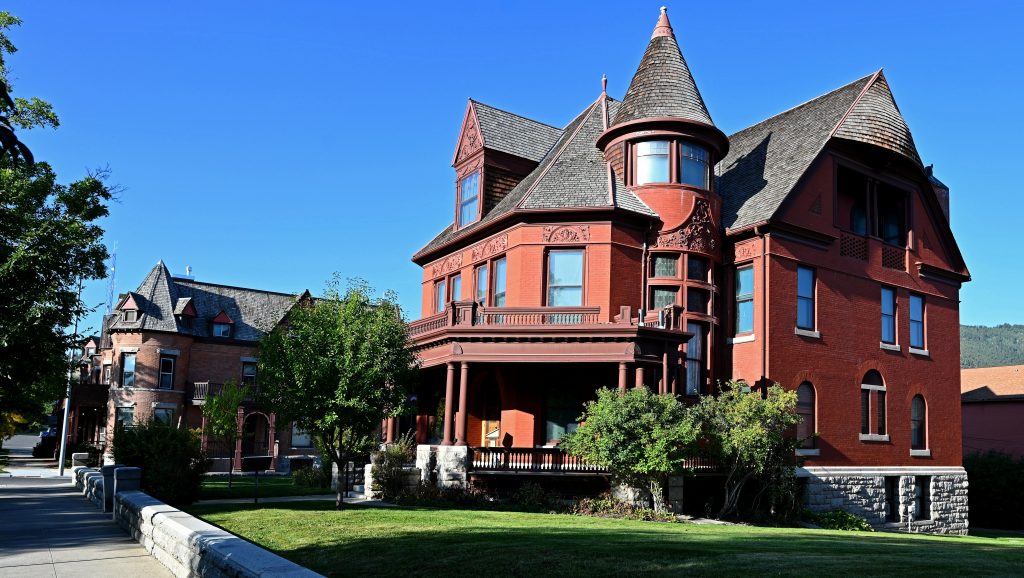
Standing before it, I could almost imagine the early governors looking out over the still-young city, confident that Helena would continue to prosper. Today the house stands preserved, a reminder of the political and social beginnings of the state, and a symbol of Helena’s long-standing role as a place of leadership.
I continued on toward the Montana State Capitol, a neoclassical structure completed in 1902. The copper dome gleamed softly in the midday light, and the grand staircase and columns gave the building a sense of solemn dignity. Inside, murals depict moments of Montana’s history, telling the story of pioneers, Native Americans, and the shaping of the West. Even from outside, I felt how this building is not only the center of governance but also an architectural anchor for the entire city, linking the classical ideals of democracy with the rugged spirit of the frontier.
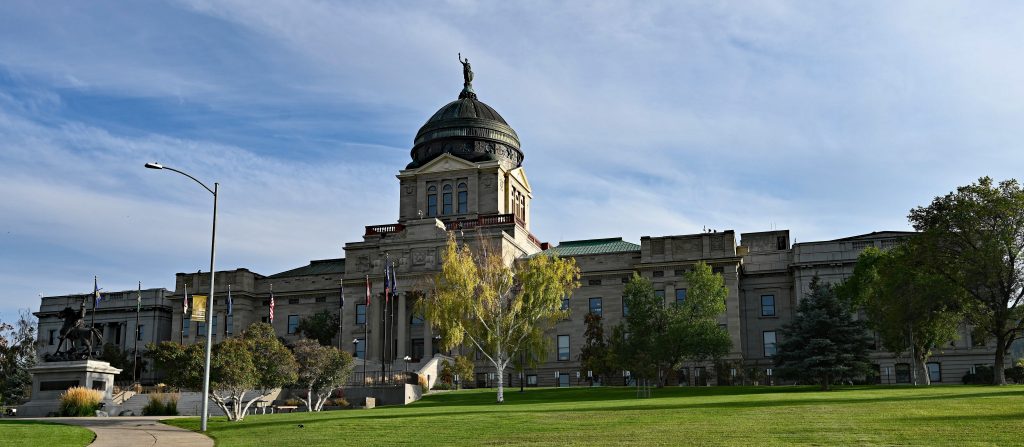
Inside, I was drawn first to the Rotunda, its soaring space illuminated by stained glass and murals that celebrate Montana’s landscapes and history.
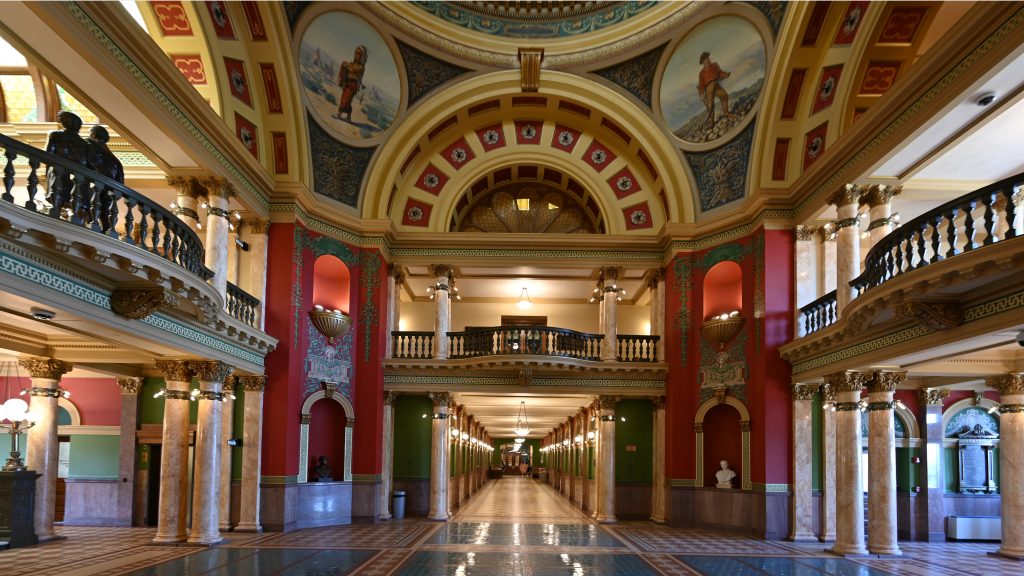
In the Old Supreme Court Chamber, I could sense the gravity of justice that once echoed within those walls, a room where the foundations of state law were shaped. Behind the table for the justices is a plaque to Theodore Brantley, the longest serving justice in Montana Supreme Court History (1899-1922). Not long after this photo was taken, in 1982, the Supreme Court was relocated to the newly constructed Justice Building, a block east of the capitol.

The Senate Chamber, with its rich wood paneling and grand chandeliers, spoke of civic duty and democratic debate carried out with formality and care. The interior of the Montana State Senate Chamber featuring murals, observation seating, and the desks of elected officials.
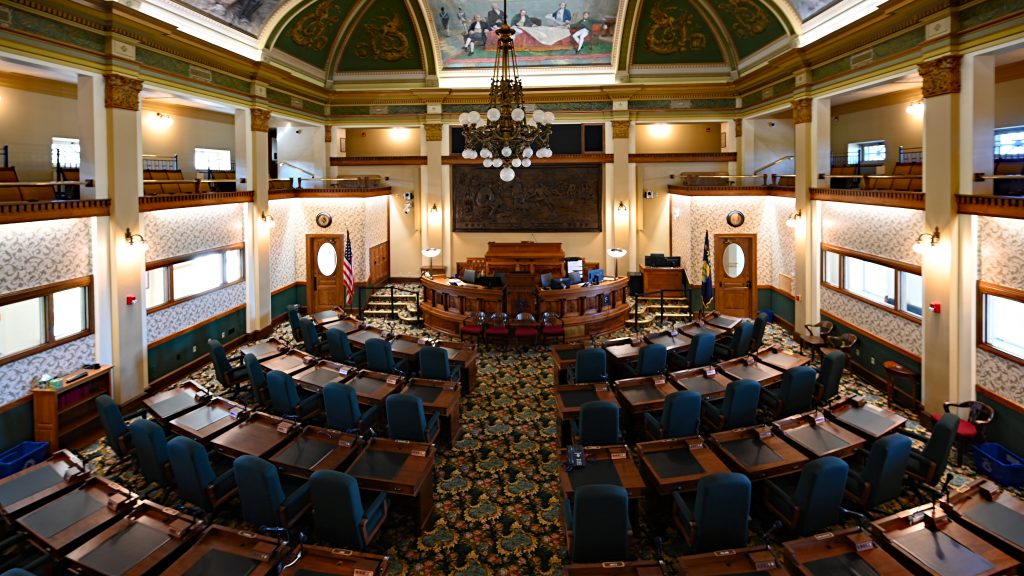
Just beyond, the Centennial Bell, a gift to Montana in 1989, seemed to carry a symbolic resonance, tying the centennial celebration to the endurance of statehood itself. The bell has been rung to honor the Montana elementary History Teacher of the Year. On November 8th of 2017 a ceremony was hold at the bell in which the 28th recipient of the honour received a commemorative plaque.
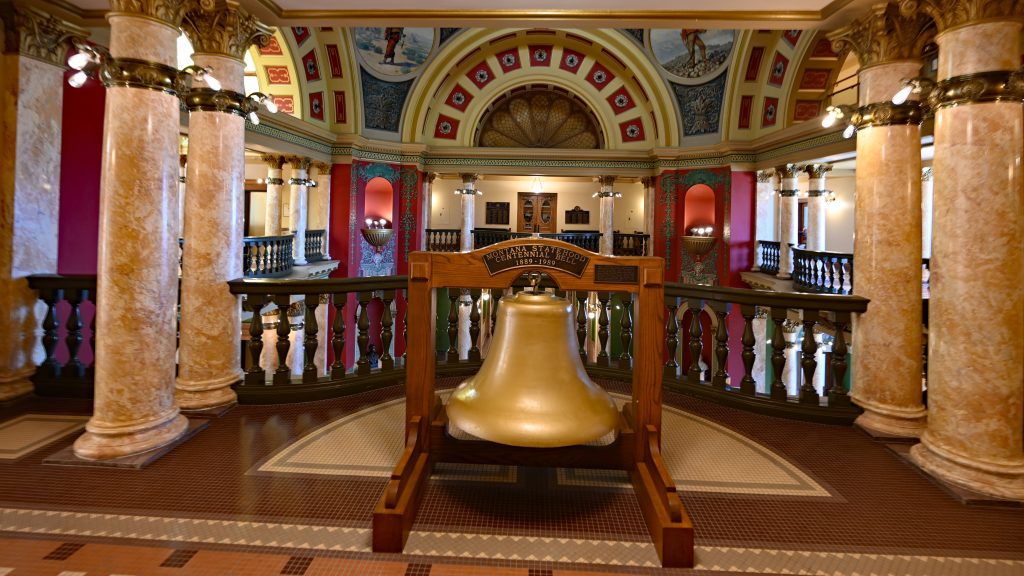
The centennial bell was rung by the recipient’s class for 60 seconds at 10:40 a.m, the exact minute that Montana became the 41st state.
In the Capitol, I also came across the bronze statue of Mike and Maureen Mansfield. Mansfield, a towering figure in Montana’s political life, served as the longest-tenured U.S. Senate Majority Leader and later as U.S. Ambassador to Japan, where he played a crucial role in strengthening American-Japanese relations.

The statue radiates warmth and dignity, capturing the couple’s devotion to public service and reminding every visitor of the Montana roots of one of America’s most influential statesmen.
As my walk took me further along Sixth Avenue, I encountered an avenue lined with villas that spoke of Helena’s golden age. Many of these residences, built by the city’s wealthy mine owners and businessmen in the late 19th and early 20th centuries, display eclectic Victorian and Queen Anne styles, with turrets, gables, and wide verandas.
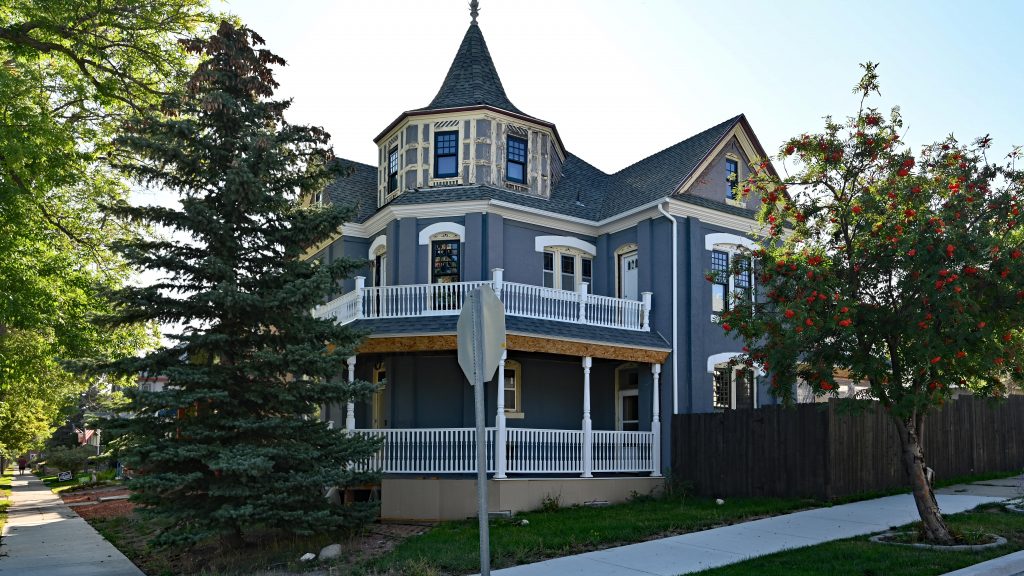
Among them stands the John H. Huseby House, a finely preserved mansion that showcases both elegance and local craftsmanship. Huseby came from Norway, trained as a brick and stone mason, participated at Helenas dramatic expansion around the 1980s.
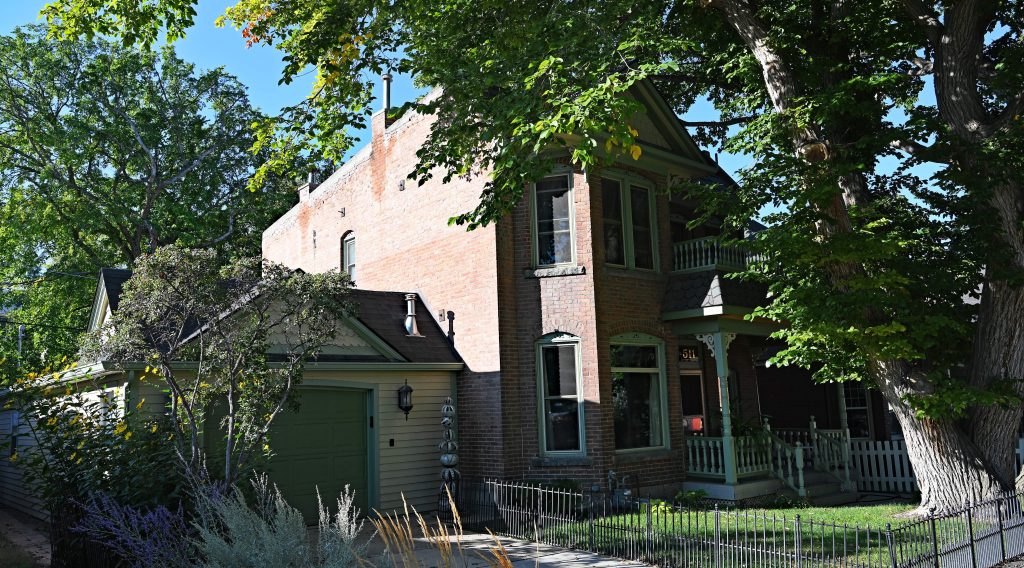
Huseby, a prominent figure in Helena’s civic and economic life, left behind not just a beautiful home but also a story of commitment to the city’s growth and prosperity. These houses, well preserved and still lived in, radiate a kind of quiet pride, showing how Helena’s affluence once gave it the nickname of the “Richest Hill on Earth.”
Later in the day I strolled into the heart of downtown, along Last Chance Gulch, where the city itself had been born in 1864 after four prospectors struck gold. Today, the Gulch has been transformed into a lively pedestrian street filled with shops, cafés, and restaurants, yet the facades still recall the frontier days. At one corner, two statues of prospectors bent over their pans vividly captured the spirit of the gold rush, and as I paused there, I felt the weight of history made tangible in bronze.

These figures seemed to embody both the hardships and the hopes that gave Helena its beginning.
Just around the corner of Last Chance Gulch, at 17 West 6th Avenue, I allowed myself a rest over a large cappuccino, watching the flow of people move past the windows.
The atmosphere was lively—locals meeting friends, travelers stopping for a pause, the entire scene humming with small-town warmth and mountain city vibrancy. When I left, I noticed, only a block further at the beginning of Fuller Avenue, the building at 301. Its stone façade stood firmly at the intersection, as if marking a threshold between Helena’s historic downtown and the quieter neighboring streets.

As evening began to descend, I looked back at the places I had seen: cathedral spires reaching into the darkening sky, the Capitol standing solemn on its hill with its treasures inside, villas glowing softly in the fading sun, and the Gulch alive with the laughter of people. Walking through Helena felt like moving through layers of time—each building a witness, each street a reminder, and each corner of the city alive with a sense of continuity. Helena is not simply a capital; it is a city where history and present life embrace one another in a way that makes walking here both a journey into the past and a vivid experience of today.